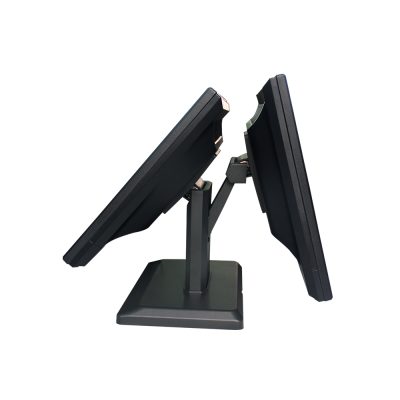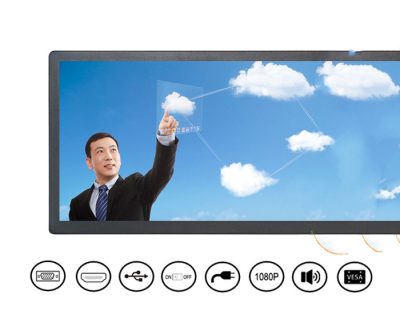1. Light Emitting Diodes (LEDs):
- LED video walls use Light Emitting Diodes as the fundamental display elements. LEDs are semiconductor devices that emit light when an electrical current passes through them. They are used to create the individual pixels on the screen.
2. LED Modules:
- LEDs are grouped into modules, which are typically square or rectangular panels containing multiple LEDs. Each module can have a specific pixel pitch, determining the distance between LEDs and thus the screen’s resolution.
3. Pixel Pitch:
- Pixel pitch refers to the distance between adjacent LEDs on the LED video wall. Smaller pixel pitches result in higher resolution and sharper images, but they also increase cost.
4. LED Panel and Display Assembly:
- LED modules are assembled together to form an LED panel. Multiple panels are then seamlessly tiled together to create a complete LED video wall.
- The panels are designed to have minimal bezels, ensuring a nearly seamless visual experience.
5. Electronics and Driver Circuits:
- Driver circuits are responsible for controlling the electrical current to each LED, allowing for precise control of brightness and color.
- Video processing units and controllers manage the input signals and distribute them to the appropriate LEDs to create the desired images or videos.
6. Color Calibration:
- LED video walls require careful color calibration to ensure uniformity and accurate color reproduction across the entire display. Color sensors and software are used to achieve this.
7. Control Systems and Content Management:
- Content management systems (CMS) and control software allow users to create, schedule, and manage content on the LED video wall.
- These systems can integrate with various input sources, such as computers, media players, cameras, and live feeds.
8. Connectivity:
- LED video walls support a range of input connections, including HDMI, DisplayPort, DVI, and more. Some also support network connectivity for remote content updates.
9. Brightness and Power Supply:
- LEDs used in video walls are designed to be high-brightness for visibility in various lighting conditions.
- Adequate power supply units are essential to provide the necessary voltage and current to the LEDs while maintaining energy efficiency.
10. Cooling Systems: – Cooling systems like fans or heat sinks are often integrated into LED video wall components to dissipate heat generated during operation.
11. Mounting and Installation: – LED video walls require sturdy mounting structures, which can be wall-mounted, floor-mounted, or suspended, depending on the installation location and design.
12. Maintenance and Diagnostics: – LED video walls often include diagnostic features and monitoring systems that help identify and address issues like dead pixels or malfunctions.
13. Redundancy and Reliability: – To ensure continuous operation, many LED video walls incorporate redundancy features, allowing for the seamless switch to backup components in case of failure.
14. Environmental Considerations: – For outdoor LED video walls, weatherproofing and environmental protection are essential to withstand harsh conditions.
In summary, LED video walls are a sophisticated technology that relies on LEDs, precise electronics, image processing, and content management to create visually stunning displays. The technology has evolved to provide high-resolution, bright, and reliable visual solutions suitable for a wide range of applications, from advertising to entertainment and beyond.















